Paul Board has been setting Chemistry World’s crosswords for over 15 years. To celebrate the centenary of the (fully) cryptic crossword, he explains his crossword setting process and dissects some of his favourite science-based clues
I’ve been a trivia nerd since approximately 1976. Depending on where you look, the first crossword made entirely of cryptic clues appeared in either the Daily Telegraph or theSaturday Westminster Gazette. Either way the year was 1925, which makes cryptic crosswords 100 years old.
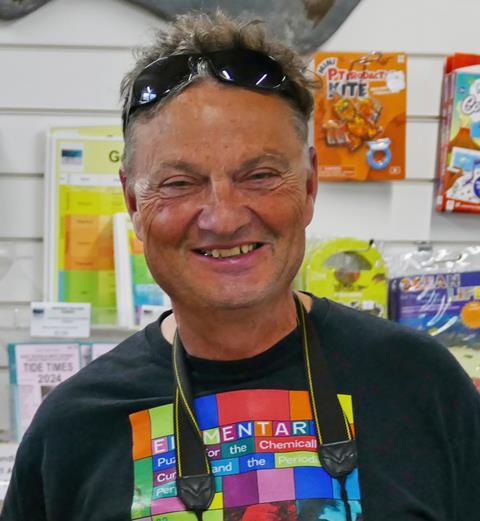
I studied chemistry at the University of Leeds and graduated a long time ago, in 1980. I then started a PhD at the University of Bath but jacked it in after three months, before I spent about three months working in a limestone quarry. I then landed a job as an analytical chemist with Somerset Public Analysts, where I learned atomic absorption spectroscopy, gas chromatography, HPLC, among other techniques, for doing food and water analysis, and animal forensics. We didn’t have a big budget there and we didn’t have all this newfangled instrumentation you have nowadays, so I had to do a lot of wet chemistry. When the kids came along, we moved to North Wales and I got a job at a geological consultancy firm. I’ve since worked in over 20 countries around the world. One of my favourite projects was funded by the World Bank; we provided analytical chemistry training to the Caribbean Industrial Research Institute in Trinidad and helped them achieve ISO 17025 accreditation.
Back in the day, New Scientist magazine had lots of pages with job adverts. That’s where I saw a job that sent me to Saudi Arabia when I was 27. And that’s where I saw the job in North Wales.
In the early noughties, I had two months off work with depression. One day when I was off, Chemistry World came through the letterbox, and it said ‘Our crossword compiler is retiring. We’d like another one.’ So I thought, well I’ve got to make money somehow – and I’d compiled crosswords before for an internal company magazine – so I responded, and I’ve been doing the Chemistry World one ever since. I didn’t think I’d ever get back to my day job but I did, although I’ve retired from it now. But it’s funny how little things you see in magazines can completely change your life.
I always liked puzzles as a kid. I’ve religiously sent in answers to the Sunday Times cryptic crossword, which is meant to be one of the hardest, for over 30 years. Luckily you can submit your answers online these days, so I don’t have to pay for stamps anymore. The Sunday Times used to offer Cross pens as prizes, but I’ve never won one. I do have one of those pens though – it was an award for donating 50 pints of blood.
I do a variety of cryptic crosswords to keep my mind in tune. We all pinch ideas off each other. What’s good with chemistry is you have a whole additional lexicon of chemical elements and compounds. But my crossword building process is very prosaic I’m afraid. I use a spreadsheet where I have about 20 different grid patterns. You can’t do the clues until you’ve filled in the grid with words. Sometimes that’s the hardest bit. I always have a little notebook where I’m working on a few cryptic clues at a time. These days I’m often writing clues sat on the number 12 bus or when I’m out for a coffee.
The go to clue for cryptic crossword compilers is the anagram. You can’t do too many because that’s just lazy but sometimes the anagram is just so good you’ve got to use it.
In 2022, the Royal Society of Chemistry published my book Elementary!: Puzzles for the Chemically Curious and the Periodically Perplexed, which has hundreds of different quiz questions, word games and brain teasers. We had a launch party in Rhos-on-Sea, near where we live, in a wine bar called Elementary. Thanks to that puzzle book, Dorling Kindersley approached me to contribute to a book on the Periodic table that’s due to be published in September. I wrote sections for about 20 of the elements including vanadium, technetium, neptunium and mendelevium.
I’m an avid reader and I’ve got a garage full of chemistry books. For one of my birthdays my wife gave me a book called The Fontana History of Chemistry, by William Brock. It’s a bit dogeared now but that’s been a great resource when it comes to compiling the crosswords.
When I put scientists’ names in a crossword I aways try to achieve gender parity and I’ve got a spreadsheet where I record the names I’ve included so far. But because women often weren’t credited with their contributions to science, they haven’t been written into the history books when they should have been, so it can be difficult. Or you end up including very obscure names that no one has heard of.
For a good few years now, the December cryptic crossword in Chemistry World can only be solved using letters found in element symbols. That’s a stinker that is. I start preparing it months before. I have a spreadsheet of words that can be made using elemental symbols and I add to it all the time.
Crafting a great clue that I think is going to entertain the readers, and maybe push them a bit is almost like writing a poem for me. It gives me great satisfaction.
As told to Jennifer Newton
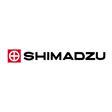





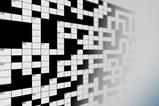
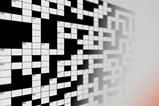
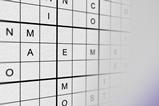
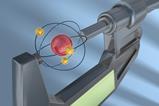
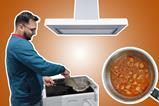
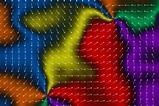
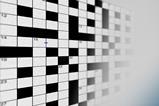
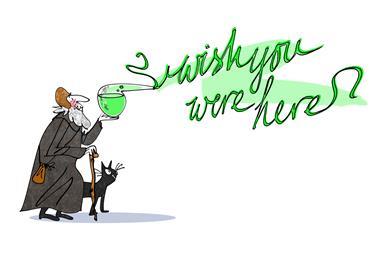

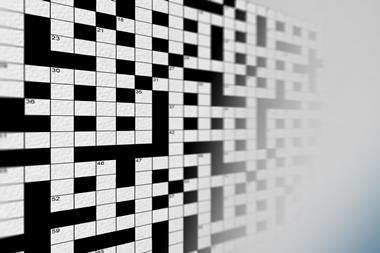





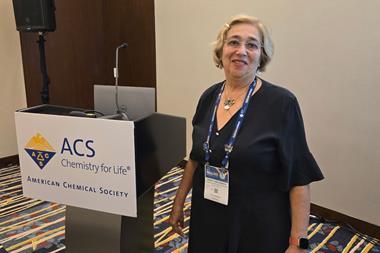

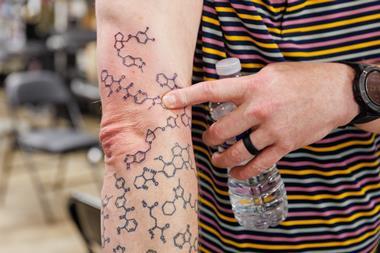
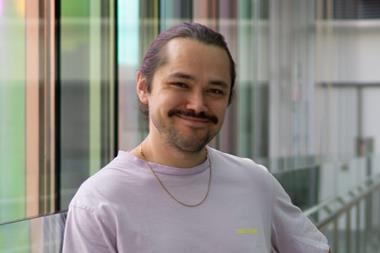
No comments yet